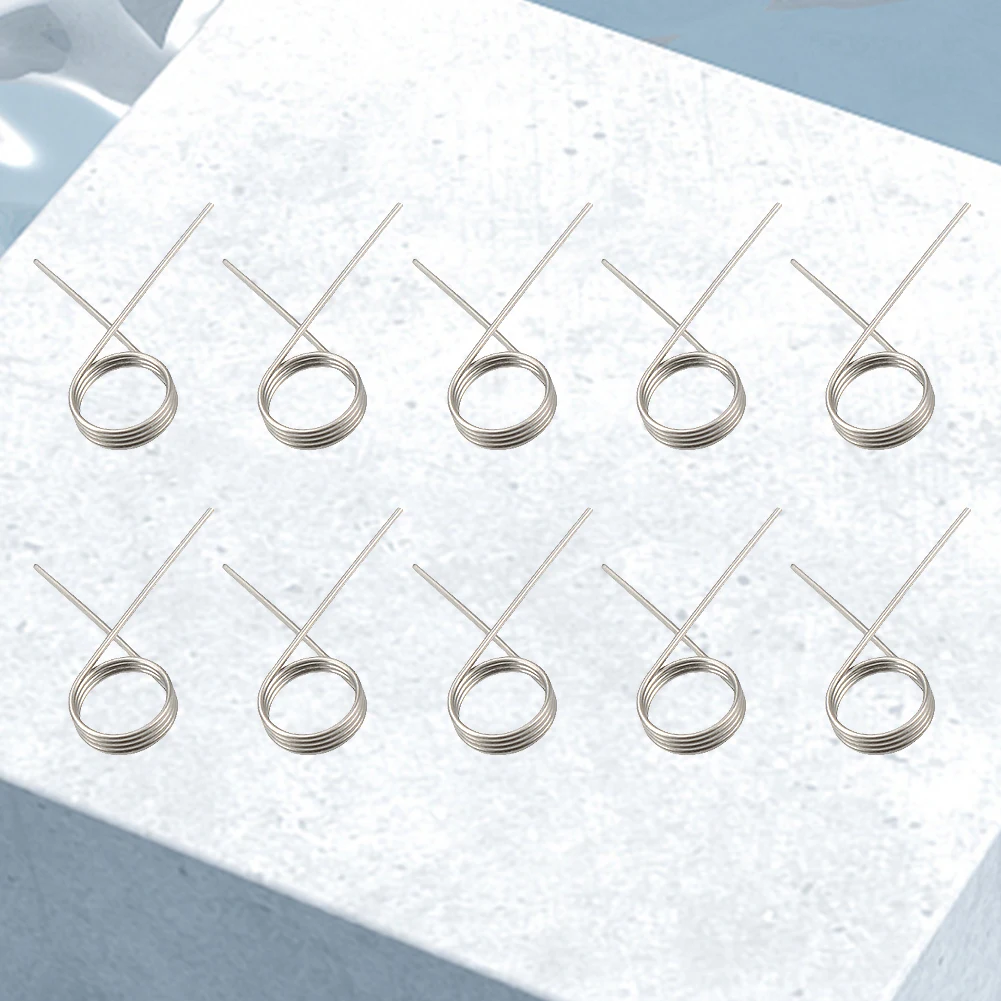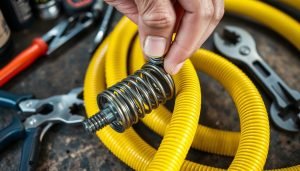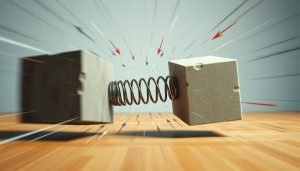Torsion springs, sometimes referred to as torque springs, are mechanical parts that may store and release rotational energy. Torsion or twisting is how these springs are intended to function. A torque spring that has been twisted produces torque, or rotating force, in the opposite direction of the applied force. Because of their special quality, torque springs are used in a wide range of applications, from simple domestic objects to intricate industrial apparatus.
Different Torque Springs Types
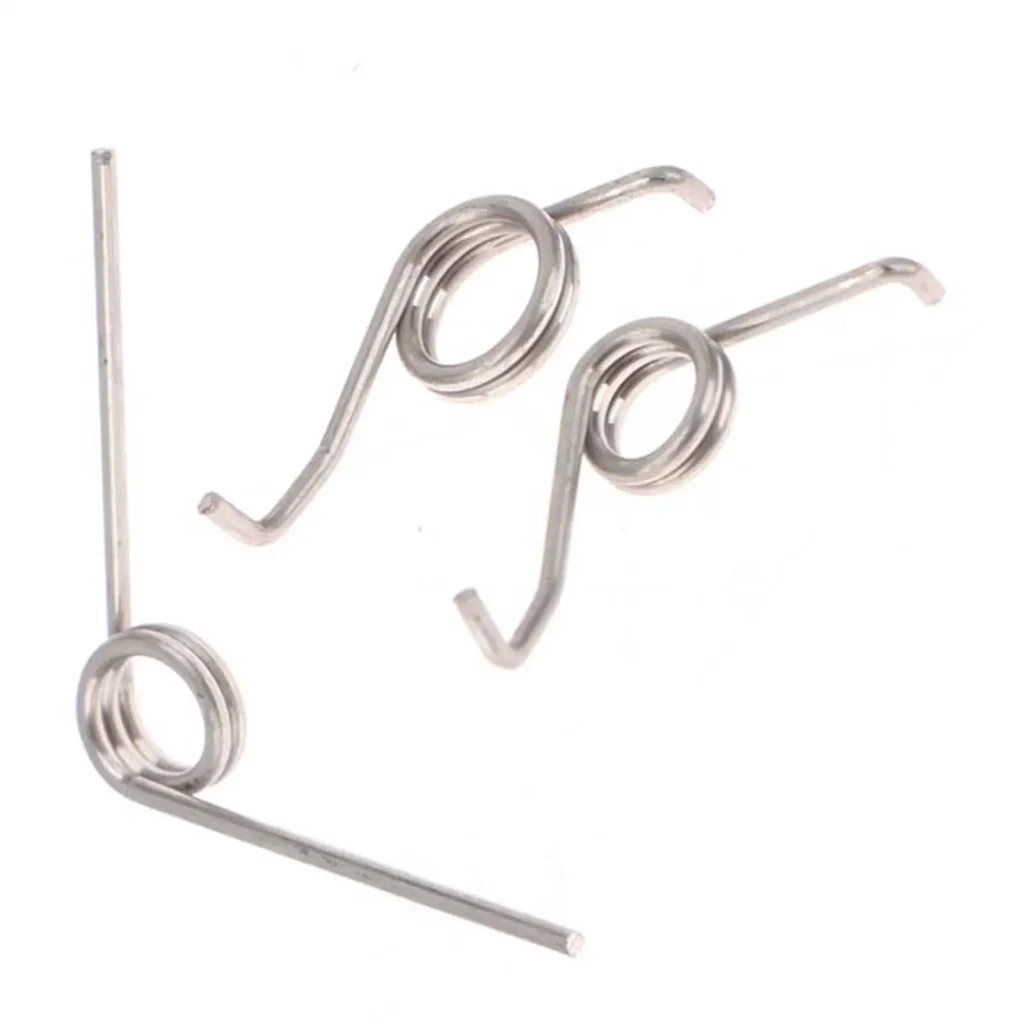
Torque springs come in a variety of forms, each intended for a particular use:
- Helical Torsion Springs: The most popular kind of torque springs are these. Usually, they are constructed from a wire coil that has been twisted into a helix. Depending on the application and needed torque, helical torsion springs can be built with an open wound or closed wound configuration.
- Spiral Torsion Springs: A flat strip of material twisted into a spiral makes up these springs. They are frequently utilized in devices like measuring tapes and clocks where a small design is necessary.
- Bar Torsion Springs: These are made of solid material bars that undergo lengthwise twisting. When a high torque is needed in heavy-duty applications, bar torsion springs are usually utilized.
- Double Torsion Springs: This kind, which is frequently employed to produce a balanced torque, is made up of two torsion springs wound together.
Construction and Materials
High-carbon steel, stainless steel, or other alloys that are selected for their strength and fatigue resistance are commonly used to make torque springs. The torque capacity and properties of the spring are affected by the wire diameter, coil diameter, number of coils, and length of the spring.
To create coils that can withstand twisting forces, the material is wound around a central axis in the manufacture of a torque spring. The spring’s ends are frequently fashioned into loops or hooks to make it easier to attach it to other parts of the system. The performance and longevity of the spring depend heavily on the accuracy of the winding and the choice of material.
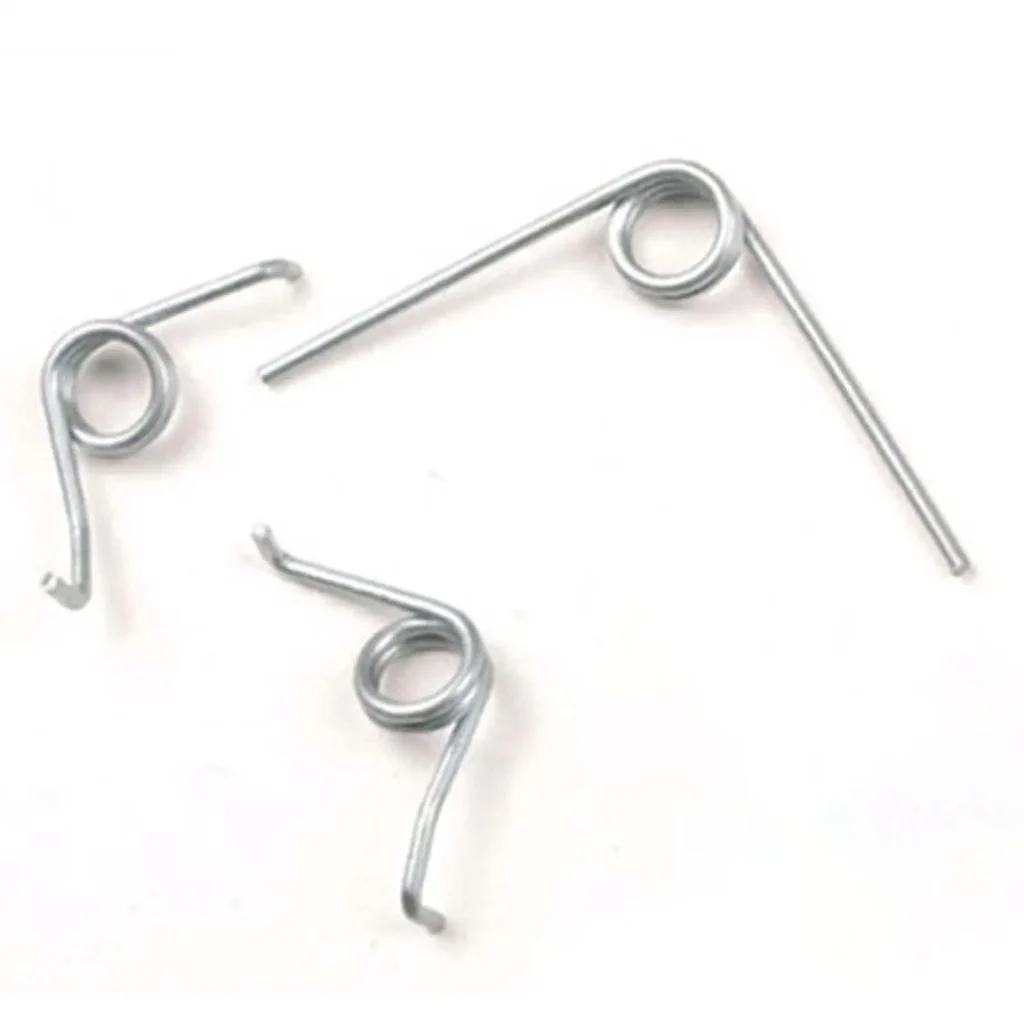
Applications of Torque Springs
Because torque springs can produce regulated rotational force, they are used in a variety of applications. Typical uses for them include:
Clocks and watches: An essential aspect of timekeeping systems are torque springs, especially spiral torsion springs. They supply the torque required to turn the gears and keep precise time.
Automobile Industry: Torque springs are utilized in several devices found in cars, including trunk lids, throttle return mechanisms, and seat recliners. They guarantee the dependable and seamless operation of these parts.
Aerospace: Exact and dependable rotational force is essential for safe operation in aircraft control systems, where torque springs are utilized.
Industrial Machinery: Torque springs are widely used in the working mechanisms of many machines, including clutches, brakes, and valves. The force required to engage or disengage components is supplied by these springs.
Consumer Electronics: Torque springs are frequently used in the operating mechanisms of devices such as computers, printers, and cameras to ensure dependable and smooth operation.
Door Hinges and Closures: Door hinges and closure systems frequently contain torque springs, which supply the force required to bring the door back to its closed position.
Exercise Equipment: To offer resistance and design efficient training programs, torsion springs are included into a variety of exercise equipment.
Advantages of Torque Springs
- Compact Design: Torque springs are perfect for applications where space is at a premium since they can be made to fit into tight places.
- Durability: Torque springs are made of high-strength materials, which allow them to endure numerous cycles of twisting and untwisting without experiencing appreciable wear or fatigue.
- Customizability: Torque springs are appropriate for a variety of applications since they may be specially made to offer particular torque properties.
- Consistent Performance: They guarantee the dependable operation of the mechanisms they are integrated into by providing consistent torque throughout a broad range of motion.
- Versatility: Torque springs are adaptable and have a wide range of uses, from big industrial gear to tiny consumer devices.
Challenges and Considerations
Although torque springs have numerous benefits, their design and application present certain difficulties and considerations.
- Material Selection: The performance and longevity of the spring depend on the selection of the appropriate material. Cost must be taken into account, as well as elements like fatigue strength and corrosion resistance.
- Precision Manufacturing: To guarantee that the spring satisfies the necessary requirements, the manufacturing procedure must be exact. The performance and dependability of the spring may be impacted by any variances.
- Environmental Factors: A spring’s effectiveness can be impacted by environmental factors like humidity, temperature, and chemical exposure. These effects can be lessened by choosing the right materials and applying protective coatings.
4.Design Complexity: It can be difficult to design a torque spring to satisfy precise torque requirements; material qualities, manufacturing techniques, and geometry must all be carefully taken into account.
Future Trends
The growing complexity of mechanical systems and technological improvements are predicted to drive up demand for torque springs. The following could be future developments in torque springs:
- Advanced Materials: Torque spring performance and durability will be improved by the development of novel materials with superior qualities, such as increased strength and improved fatigue resistance.
- Miniaturization: Miniaturized torque springs that can supply the required force in constrained locations will become more and more necessary as gadgets get smaller and more compact.
- Automation and robotics: The need for high-precision torque springs, which are employed in a variety of robotic mechanisms and control systems, will increase as automation and robotics become more prevalent.
- Sustainability: To lessen the environmental effect of torque spring manufacture, a stronger emphasis will be placed on sustainable materials and manufacturing techniques.
Torque springs are vital parts of many different applications because they offer regulated rotating force in a small, robust package. They are essential in sectors like automotive, aircraft, consumer electronics, and industrial machinery because of their adaptability and dependability. The performance and capacities of torque springs will continue to be improved as technology develops, as new materials and manufacturing processes are created, guaranteeing torque springs’ continued significance in applications to come. For engineers and designers wishing to utilize torque springs’ special qualities in their designs, it is essential to comprehend the fundamentals, varieties, and uses of these springs.

